Hi All,
In this document, I shall explain about the integration switches and how does they work in SAP.
In the SAP system the integration is controlled using switches. All the integration switches are stored in table T77S0. PA – OM integration is defined by PLOGI – ORGA in this table.
If the value of PLOGI-ORGA is set to X that means integration is switched ON between PA and OM module. There are other switches as well for PLOGI group, but for time being we will only focus on this one.
Example: Organization Management
We shall further now see how the data is stored in Organization Management in SAP HCM. For this we are considering only the below objects:
1. Organization Unit – Object Type – O
2. Position – Object Type – S
3. Job – Object Type – C
TCode used is PPOM_OLD.
Each object has a unique object ID, start date, end date, short text and description.
All this data is stored in HRP1000 table – here we shall take the example of Organization Unit – 50001514 – Maintenance
All Organizational Unit, Position and Job objects created in Organizational Management are also stored in Personnel Administration in tables T527X, T528B and T513S respectively.
Table T527X:
Table T528B:
Table T513S:
Thus, this forms the PA part of OM. In OM the Org Unit and Position was created. Due to the integration switches maintained in table T77S0, this gets populated even in PA tables.
In OM Relationship plays a very crucial role. It defines how an object is related to other object. The basic relationships used in this case are as below:
Org Unit Belongs To (A003) Org Unit
Position Reports To (A002) Position
Job Describes (A007) Position
In the SAP system, there are two types to relationships i.e. Top Down (A***) and Bottom Up (B***).
User created only one of the two relationships, and the system created the other relationship (reverse relationship) automatically. So each of the above examples, we will have the following as well.
Org Unit Incorporate (B003) Org Unit
Position Is Line Supervisor Of (B002) Position
Position Is Described By (B007) Job
The following screen shows how the relationship data is stored in HRP1001 table.
In the above screen Org Unit 50001514 Reports to (A002) Org Unit 50000076.
Org Unit 50001514 Incorporates (B003) positions 50001552, 50001567, 50001581, 50001594, 50001600, 50001832
Position 50001594 Reports to (A002) Position 50000436.
Position 50001594 Belongs to (A003) Org Unit 50001514.
Position 50001594 Is Described by (B007) Job 50000584.
Now let us see reverse relationship for each of the above is stored in the system.
In the below screen we see Org Unit 50000076 is Line Supervisor of (B002) Org Unit 50001514:
In the below screen we see that positions 50001552, 50001567, 50001581, 50001594, 50001600, 50001832 Belong to (A003) Org Unit 50001514:
In the below screen we see Position 50000436 is Line Supervisor of (B002) Position 50001594
In the below screen we see that Job 50000584 is described by (B007) Position 50001594:
Integration with Personnel Administration:
Now let us hire one employee in PA using Position 50001594:
When performing hiring action in the system, we select/enter position ID on infotype 0000-Action screen. See the screen above. Once Infotype 0000 screen is saved, we get Infotype 0001-Organizational Assignment screen:
We can see that as Position was maintained properly, and Relationships assigned to each object type, the same was not required to enter manually, and system did that automatically. This is exactly what PA-OM Integration does.
So how does PA – OM Integration Works?
Based on position selected in IT0000 screen the system finds out which Org Unit does the position belongs to and what is the job that describes the position. Both these values are then captured in IT0001 screen as shown above.
Infotype 0001 data is stored in table PA0001 as shown below:
Here we can see Organization Unit (ORGEH), Position (PLANS) and Job (STELL) being captured for employee number 101.
Employee Number 101 is also visible in PPOM_OLD as shown below:
Position to Person and Person to Position relationships are created in HRP1001.
In the following screen we see Person 101 is Holder (A008) of position 50001594
SAP system uses position 99999999 as default integration position. In cases where user does not know the position on which employee needs to be hired, we use default integration position 9999999.
This is maintained as PLOGI PRELI in integration table T77S0:
If the Integration switch PLOGI ORGA is set to X that means Integration between OM and PA is active.
If the integration switch PLOGI PRELI is set to 99999999 that means that in case user do not know the position number of any employee, in that case 99999999 can be used. This number autmatically gets populated during the time of Separation also.
Let us now separate employee number 101 and see how the above scenario works:
Save
The below pop up appears:
Click on yes, and check for IT0001 in next screen:
In the above screen we can see that position has become default, but Org Unit and Job still exists.
This is possible due to the integration switches maintained above.
Standard SAP Reports for PA-OM Integration
Following standard SAP reports are available for PA-OM integration.
RHINTECHECK – This check report checks objects involved in integration for inconsistencies, in other words it looks for differences in the data status between PA and OM tables.
RHINTE10 – This report allows you to create object types in Personnel Administration (HR-PA) which have already been set up in Organizational Management (HR-OM) and which are needed for integration.
RHINTE20 – This report can be used to check whether the relevant object types for integration have been created in both Personnel Administration (HR-PA) and Organizational Management (HR-OM).Objects that are missing either in PA or OM can be created immediately.
RHINTE30 – This report creates a batch input session for specified personnel numbers. The session updates infotype 0001 “Organizational Assignment” (PA) for the persons concerned.
Hope I was able to explain the OM PA integration concepts clearly in this document.

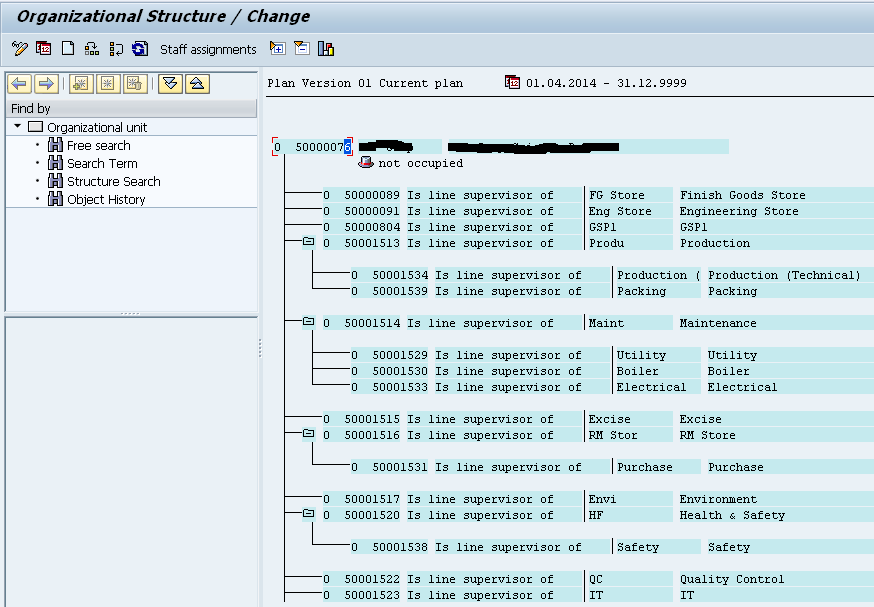
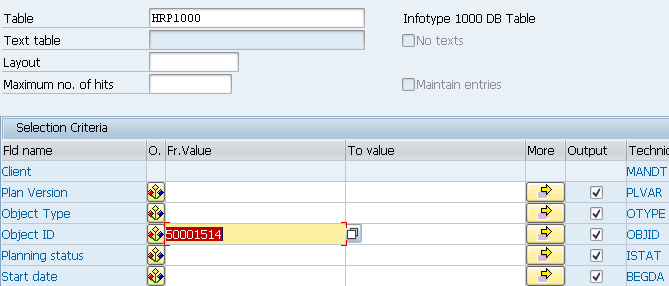

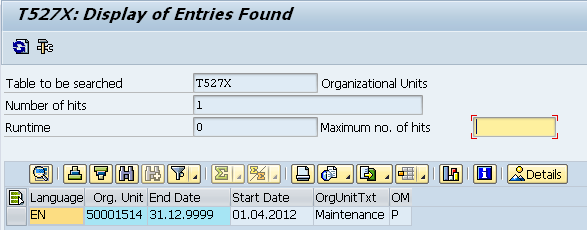
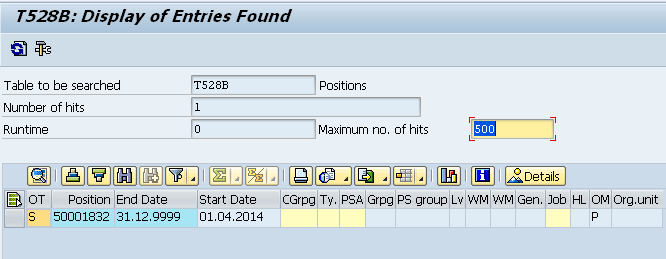
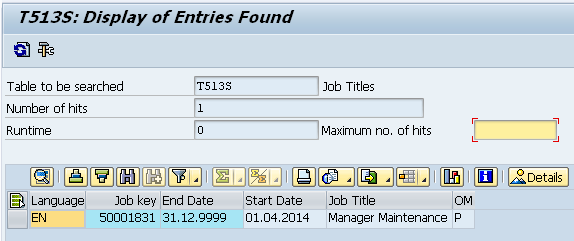
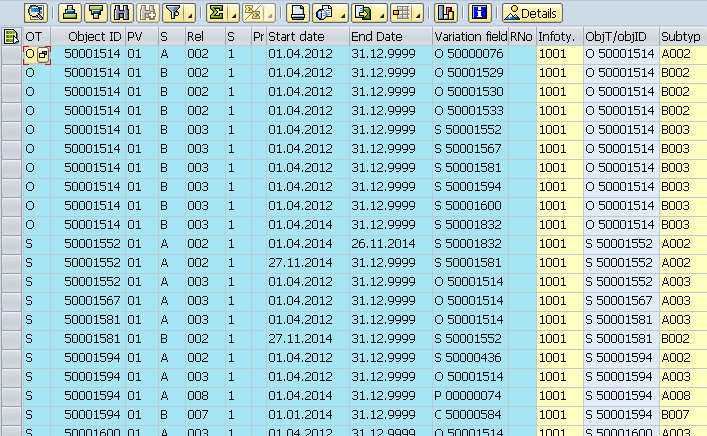




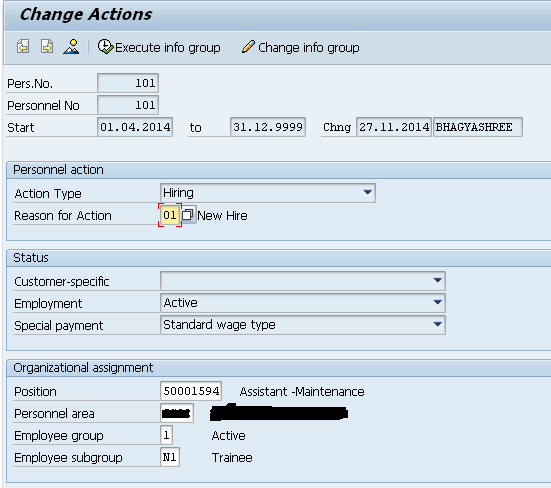
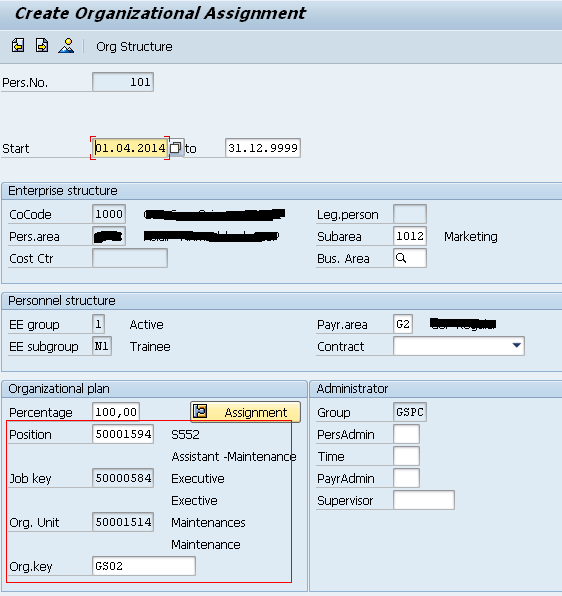
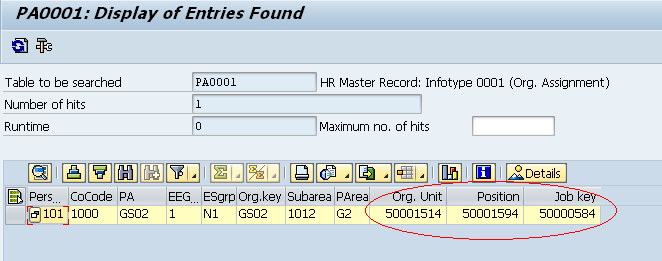
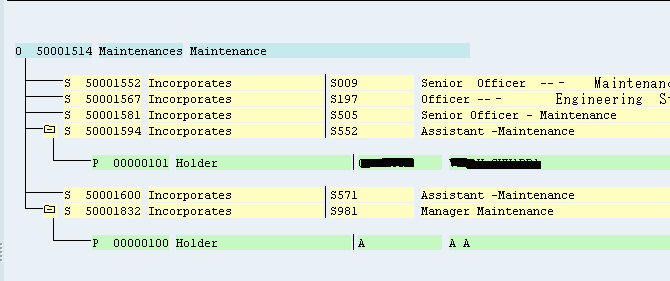
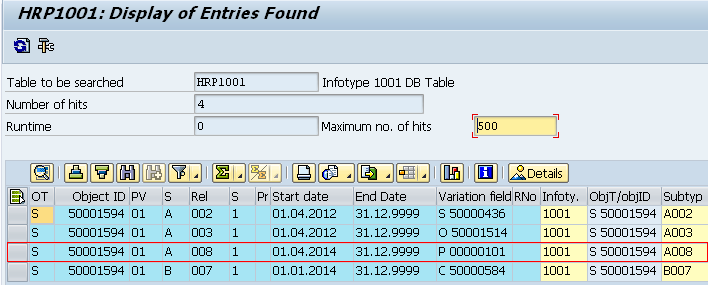

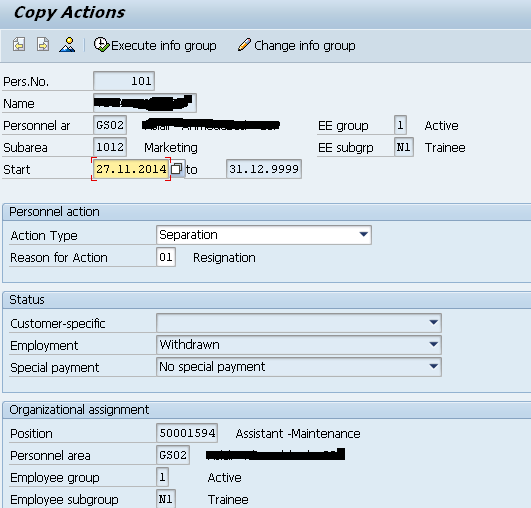
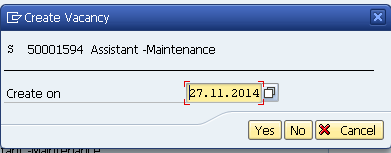
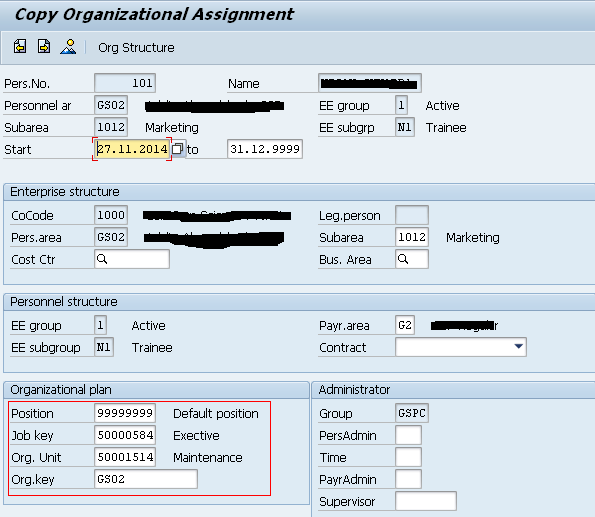
Leave A Comment?
You must be logged in to post a comment.